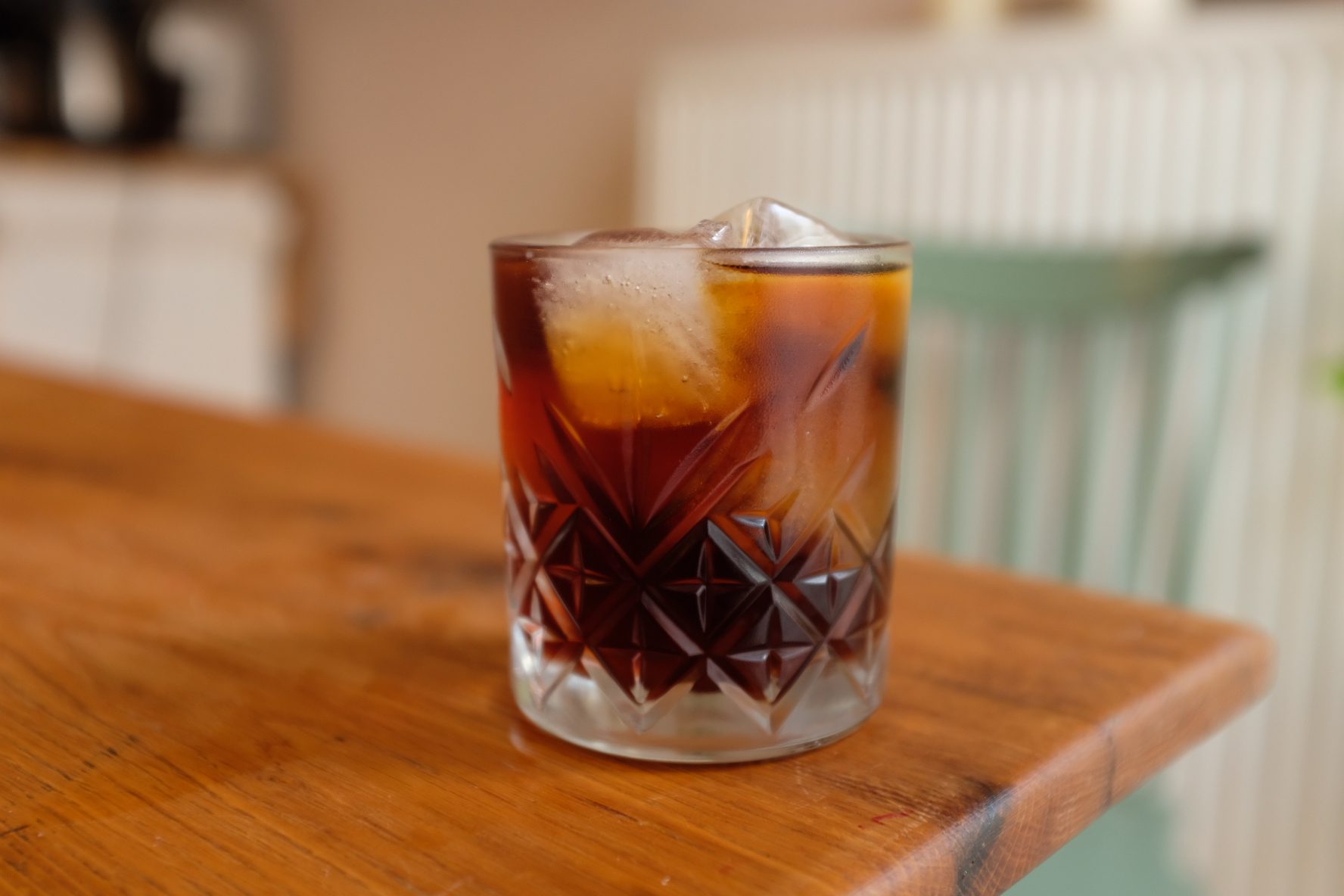Recently I was perusing Reels on Instagram when I came across an unexpected video: a barista was adding chunks of ice to a pour-over. By that, I don’t mean that this person was making an iced pour-over. They were piling a small mountain of ice on top of the bed of coffee.
This so-called “ice brew” technique claims to make an even “smoother” version of cold brew, due to the ultra-low temperature extraction.
I was incredulous.
Even at really long steep times (think 20+ hours), cold brew is an inefficient way of making coffee due to room temperature water being a less effective solvent than the almost boiling water used to make filter coffee.
In fact, cold brew uses upward of 60% more coffee grounds to make the same beverage volume. Logically, using even colder water should produce either a weaker coffee or require even more up-dosing, creating an even lower extraction.
I dismissed the video as Instagram foolishness.
But the video haunted me. It popped into my head at the least expected moments. Like a fever dream, I wondered, could ice brew coffee approximate Japanese cold drip towers without spending hundreds of dollars on fragile glassware?
So, against my better judgment, and in the name of creating content, I gave ice brew coffee a try.

Recipe
I opted for a 1:10 coffee-to-water ratio. Some cold brew recipes call for ratios as strong as 1:8, but those tend to make a concentrate that needs to be diluted. Using a higher ratio will both increase the extraction and in theory make a beverage that’s ready to drink. I opt to use a natural process Brazil. This coffee is less dense/ more soluble and has a flavor profile suited for cold brew.
Even though it’s my first attempt, I opt to go big or go home. I put a filter and 40 grams of medium ground coffee in my Etkin Dripper.
Then I pile on the ice.
For ice, I used a perfect cube silicon ice tray and water that to SCA spec. Water with the proper mineral content for brewing coffee won’t make the really pretty, perfectly clear ice cubes that cocktail aficionados love, but it should result in a more balanced brew.

Brew log
- Thirty minutes in and there is not a single drop of coffee in the carafe. The ice cubes are glistening. A few of them have melded together. It occurs to me I might have used crushed iced or ice chips that would melt faster.
- An hour and a half in we have our first drops of coffee. Much of the bed is still dry. I wonder if next time I should try a dispersion piece of paper, cold drip style, to help with more even saturation. But who am I kidding?— there’s no way I’m trying this a second time.
- Four hours in. We’re really cooking now. There’s a steady drip, but I can still see dry pockets. I wonder if much of the water is bypassing the bed via the paper filter.
- After approximately 7 hours, the brew is done. That’s really fast for a cold brew. There are still visibly dry pockets on the surface of the coffee bed.

Results
The results, in a word, are bad.
With a 1.78 TDS, the brew clocked in at around a 15% extraction. These really low extractions can actually taste okay in a cold brew, somewhat similar to the “little hump” theory of espresso that was popularized by Scott Rao’s book Espresso Extraction.
But this does not taste good.
It tastes thin and bitter, with none of the syrupy qualities I associated with cold brew. Ice brew coffee somehow takes cold brew and makes it worse.
Conclusion
Admittedly, I could do a better job dialing in the ice brew. If I made it again, I would use a finer grind to compensate for the lower temperature. I would use a piece of paper as a dispersion screen to help evenly saturate the coffee bed. But I’m not going to do either of those things because ice brew coffee is intrinsically flawed as a brew method.
